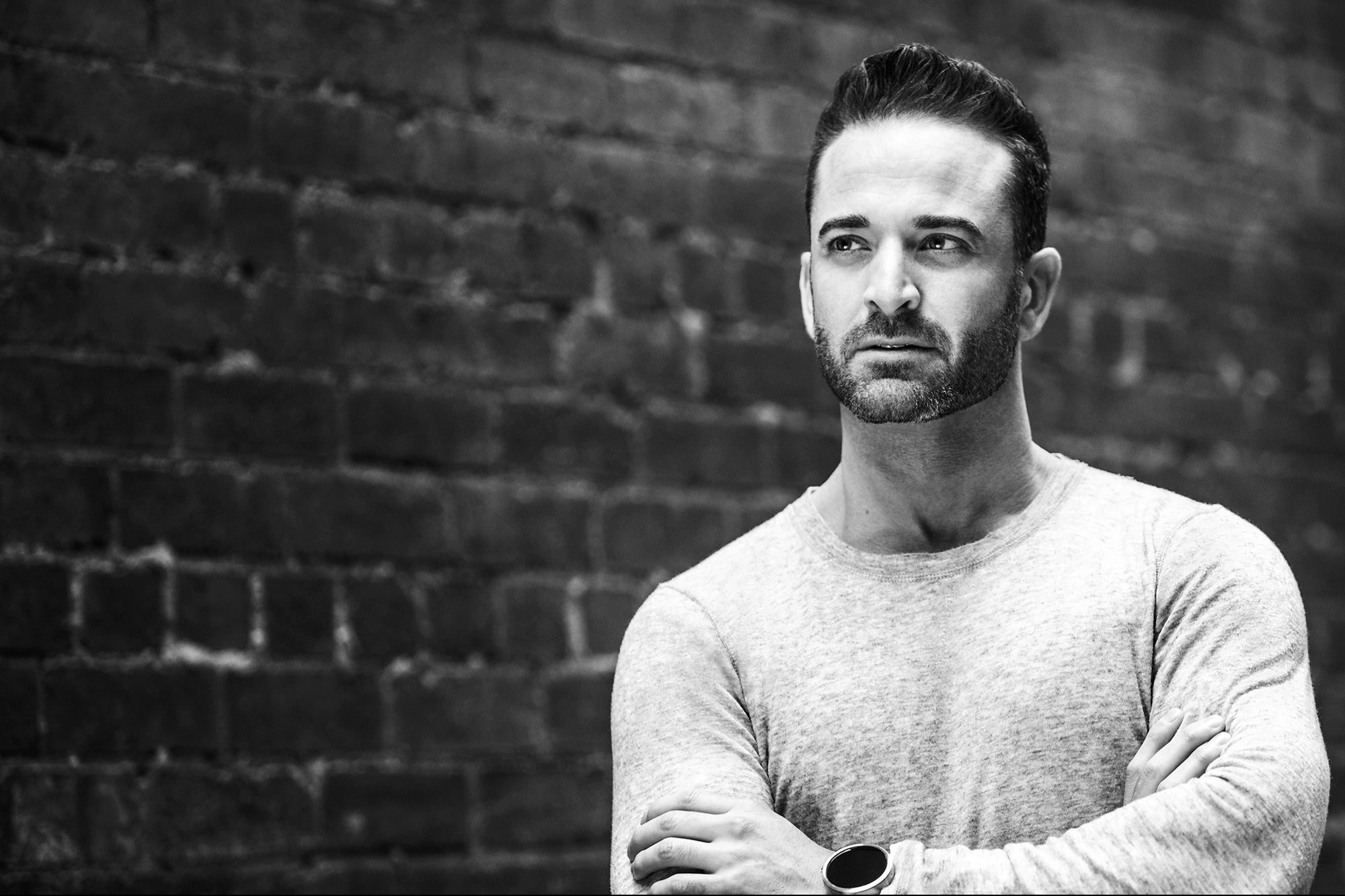Opinions expressed by Entrepreneur contributors are their own.
The most dangerous words in product development are: “Our users will love this.” I’ve heard this declaration in countless product meetings, usually followed by months of engineering work and ending with the quiet disappointment of underwhelming user adoption. The culprit? Confirmation bias — our brain’s maddening tendency to seek out information that supports what we already believe.
As product managers, we’re hired to make decisions. We analyze markets, gather requirements and prioritize features. The problem is, once we’ve developed a hypothesis about what users want, we start filtering all incoming information through that lens. Ambiguous feedback gets interpreted as supportive. Negative feedback gets labeled as “edge cases.” And gradually, we construct an alternate reality where our product decisions are always brilliant.
Related: How Entrepreneurs Can Overcome Confirmation Bias
The user research theater
“User research theater” refers to going through the motions of talking to users without actually being open to having your assumptions challenged. You might recognize these symptoms in your organization:
-
Cherry-picking positive quotes from user sessions while ignoring negative patterns
-
Asking leading questions designed to elicit specific answers
-
Limiting your research to users who already love your product
-
Interpreting silence or confusion as agreement
-
Dismissing negative feedback as “they just don’t get it yet”
Look, I get it. You’ve already told your leaders and investors about the amazing feature roadmap. You’ve hired engineers based on certain technical assumptions. Your entire company narrative might be built around a particular vision of what users want. Changing course feels impossible.
But staying on the doomed course is worse.
Related: Do You Know What Your Customers Want? Are You Sure?
Breaking the bias cycle
So, how do we actually fix this? How do we create processes that challenge our cherished assumptions instead of reinforcing them? Here are some practical approaches I’ve seen work:
1. Separate data collection from interpretation
One team I worked with adopted a practice where the people conducting user interviews weren’t allowed to interpret the results. They could only document exactly what was said. A separate team — one without emotional investment in specific outcomes — would then analyze the transcripts. This reduced the tendency to hear what they wanted to hear during interviews.
This separation creates a healthy tension. The interview team focuses on asking good questions rather than leading users toward predetermined conclusions. The analysis team spots patterns without being influenced by users’ tone or the interpersonal dynamics of the interview.
2. Actively seek disconfirming evidence
Make it someone’s specific job to play devil’s advocate during research planning. This person should be asking: “How might we disprove our hypothesis?” rather than “How can we validate our idea?”
For example, instead of asking “Would you use this feature?” try “What would prevent you from using this feature?” The first question almost always gets a polite “yes.” The second gives you actual obstacles you’ll need to overcome.
3. Pay attention to behavior, not just opinions
Users are notoriously bad at predicting their own future behavior. They’ll enthusiastically tell you they’d definitely use your new feature, but when it launches, they stick with their old habits.
I’ve found it much more valuable to observe what users actually do rather than what they say they’ll do. This means analyzing usage data from existing features, creating prototype experiences where users can demonstrate preferences through actions, and conducting field studies where you watch users in their natural environment.
4. Create a culture that rewards changing course
If your team gets punished for admitting they were wrong, guess what? They’re going to double down on bad ideas rather than acknowledge the need to pivot.
Smart companies build ceremonies that celebrate learning and adjustment. Some startups have done “Pivot Parties” — actual celebrations when the team made a major course correction based on user insights. They literally popped champagne when they killed features that research showed wouldn’t succeed. This sent a powerful message: Learning is valued over stubborn persistence.
5. Diversify your research participants
If you only talk to your most enthusiastic users, you’re creating an echo chamber. Make sure your research includes:
-
Prospective users who chose competitor products
-
Former users who abandoned your product
-
Current users who rarely engage with your product
-
Users from different demographics and use cases
This diversity helps expose blind spots in your understanding.
Related: 3 Cognitive Pitfalls That Are Ruining Your Business — How to Unravel the Biases in Decision-Making
The paradox of expertise
Here’s the painful truth: The more experienced you are in your domain, the more susceptible you become to confirmation bias. You’ve seen patterns before. You’ve developed intuition. Sometimes this is incredibly valuable. Other times, it makes you dangerously overconfident.
The solution isn’t to ignore your experience. It’s to pair your hard-earned intuition with rigorous processes that test your assumptions. The best product leaders I know have strong convictions loosely held. They make bold bets based on their expertise, but they’re quick to adjust when evidence contradicts their initial hypotheses.
In the end, the market doesn’t care about your brilliant vision or your elegant solution. It only cares if you’ve solved a real problem in a way that fits into users’ lives. And the only way to know that for sure is to constantly challenge what you think you know about your users.
The most dangerous words in product development are: “Our users will love this.” I’ve heard this declaration in countless product meetings, usually followed by months of engineering work and ending with the quiet disappointment of underwhelming user adoption. The culprit? Confirmation bias — our brain’s maddening tendency to seek out information that supports what we already believe.
As product managers, we’re hired to make decisions. We analyze markets, gather requirements and prioritize features. The problem is, once we’ve developed a hypothesis about what users want, we start filtering all incoming information through that lens. Ambiguous feedback gets interpreted as supportive. Negative feedback gets labeled as “edge cases.” And gradually, we construct an alternate reality where our product decisions are always brilliant.
The rest of this article is locked.
Join Entrepreneur+ today for access.














